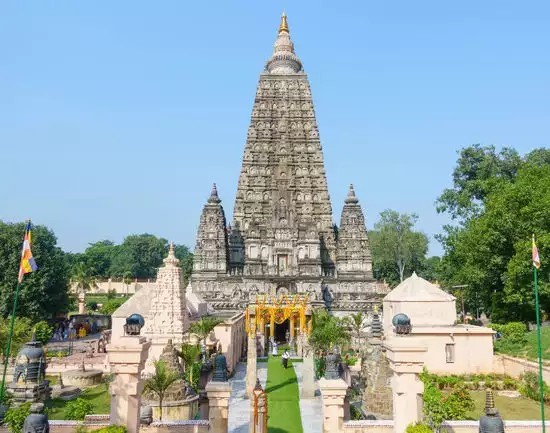Mahabodhi Temple Control Dispute Sparks Renewed Protests
Why in the News?
Recent protests led by the All India Buddhist Forum (AIBF) demand exclusive Buddhist control of the Mahabodhi Temple in Bodh Gaya, Bihar, challenging the Bodh Gaya Temple Act (BGTA), 1949 and opposing Hindu rituals at the shrine.
Controversies Surrounding the BGTA
- The BGTA mandates the District Magistrate as ex-officio Chairman and requires a Hindu to chair the committee when the District Magistrate is unavailable.
- Buddhists argue that the act limits their control over one of their holiest sites, while Hindus assert the Buddha as an incarnation of Lord Vishnu.
- The BGTA is currently challenged in the Supreme Court by Buddhist monks, seeking exclusive control of the temple.
- Despite protests and petitions, the case remains unresolved for over 13 years.
Current Protests and Demands
- Recent protests led by the All India Buddhist Forum (AIBF) demand full control of the temple for Buddhists and an end to Hindu rituals at the shrine.
- Tensions escalated after Buddhist monks were forcibly removed from the temple on February 27, 2023, igniting large-scale demonstrations.
- The dispute highlights ongoing concerns about religious freedom, heritage preservation, and temple administration.
Historical Significance and Dispute Origins:● The Mahabodhi Temple in Bodh Gaya, Bihar marks the spot where Prince Siddhartha attained enlightenment to become the Buddha in 589 BCE. ● Constructed by Ashoka in the 3rd century BCE, the temple faced neglect and damage from the 13th to 19th centuries. ● The dispute over control began in the late 19th century when Sri Lankan monk Anagarika Dharmapala sought exclusive Buddhist control of the temple. ● The Bodh Gaya Temple Act (BGTA), 1949 was introduced to oversee temple management, creating a committee of four Buddhists and four Hindus led by the District Magistrate of Gaya. |




